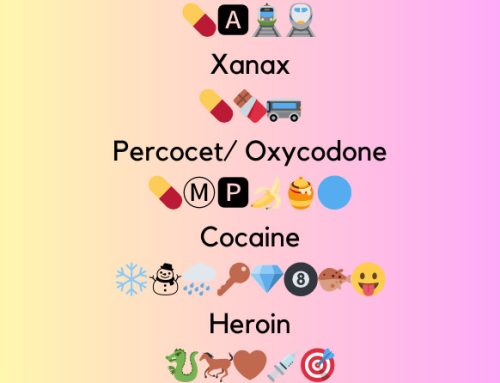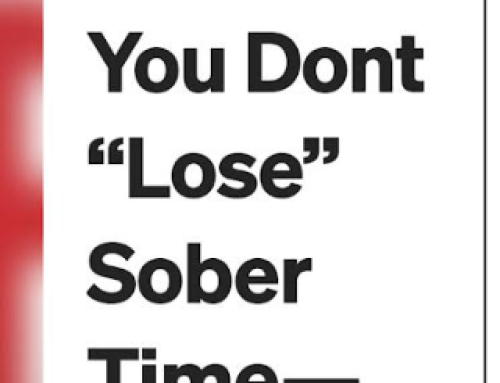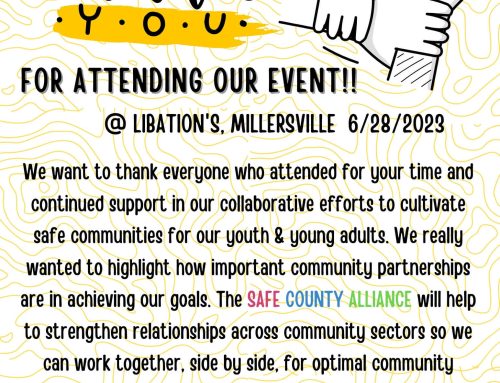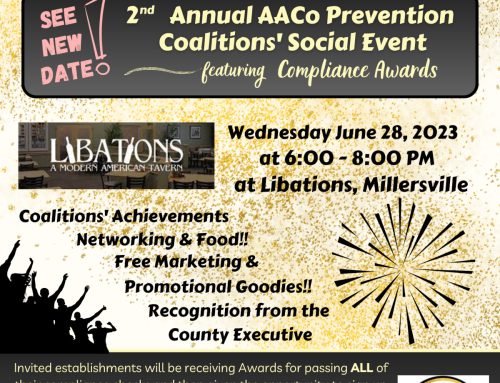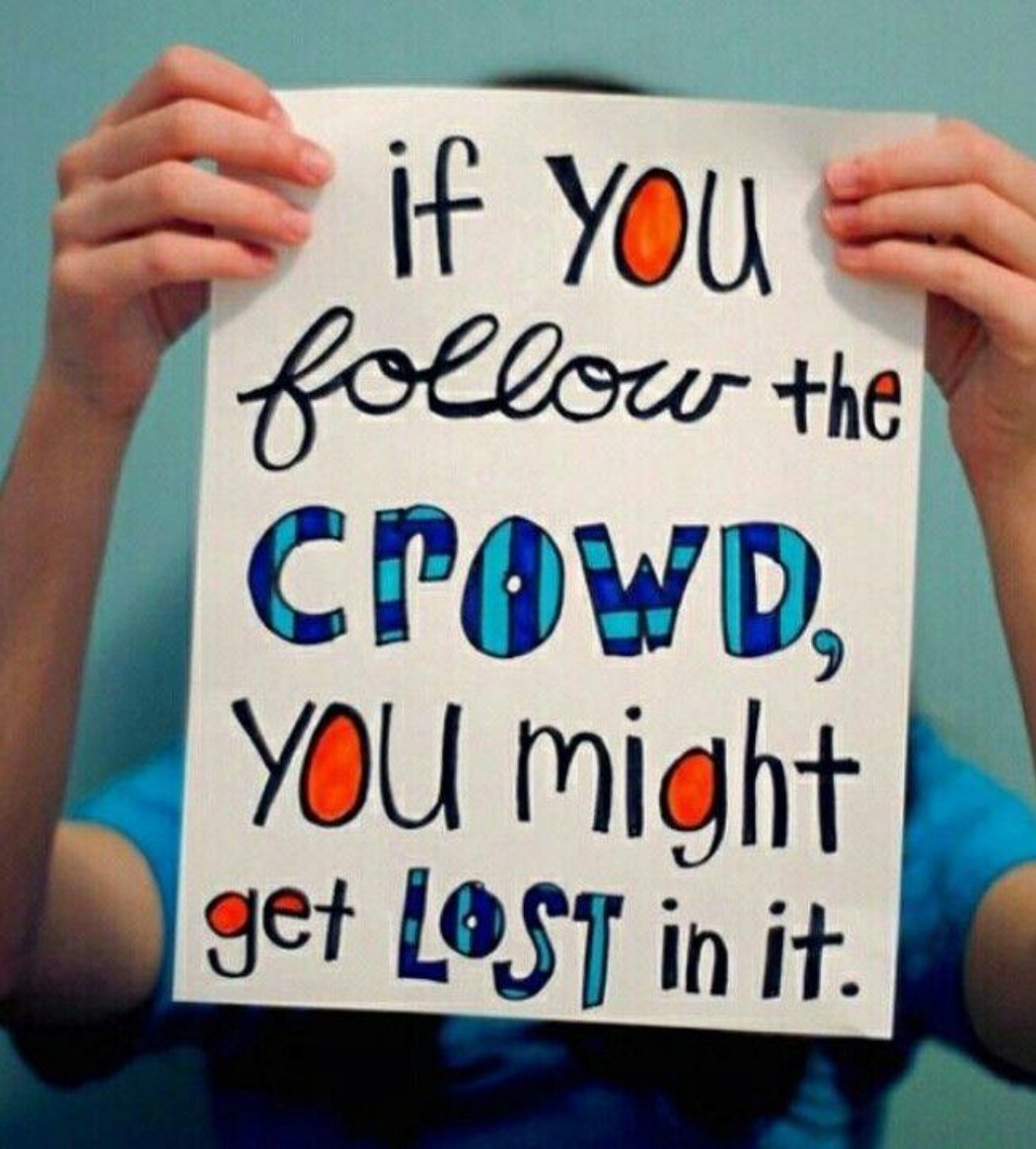
Peer pressure is the direct or indirect influence on peers, members of social groups with similar interests, experiences, or social statuses. Members of a group are more likely to influence a person’s beliefs, values, and behavior. In the beginning of high school, teens are trying to find themselves They are new to the school and don’t really know how to transition from middle school to high school. Some kids give into peer pressure because they want to fit in. That’s where the peer pressure comes into place, Some worry that other kids might tease them if they don’t go along with the group. Others go along because they are curious. Maybe they want to try something that others are doing.
Approximately 85% of High School Students In The United States Have Felt Peer Pressure Each Year
Example of negative peer pressure:
- Needing to dress or act a certain way.
- Cheating or copying someone else’s work or letting others copy your work.
- Not including certain people in social activities.
- Taking dangerous risks when driving.
- Using drugs or alcohol.
- Shoplifting or stealing.
- Engaging in sexual activity.
- Engaging in bullying or cyberbullying.
- Projecting a misleading/false image on social media.
Tips on handling them:
- State clearly that you don’t want to engage in that activity
- Give a reason
- Talk to the person who is pressuring, let him or her know how it makes you feel and tell the person to stop
- Have friends with similar values and beliefs. It is earlier to say “no” if someone else is also saying it, saying “no” together makes it easier for both of you.
- Walk away
- Get advice from an adult
- Think how it will affect your life after you do it
- Pay attention to your feelings
It’s ok to be different than everybody else, Different; “not the same as another or each other; unlike in nature, form, or quality”
References
https://kidshealth.org/en/kids/peer-pressure.html (mental health)
https://caps.ucsc.edu/counseling/aod/peer-pressure.html (tips)
https://www.choosingtherapy.com/peer-pressure/ (tips)
https://firewalltimes.com/peer-pressure-statistics/ (statistic)

